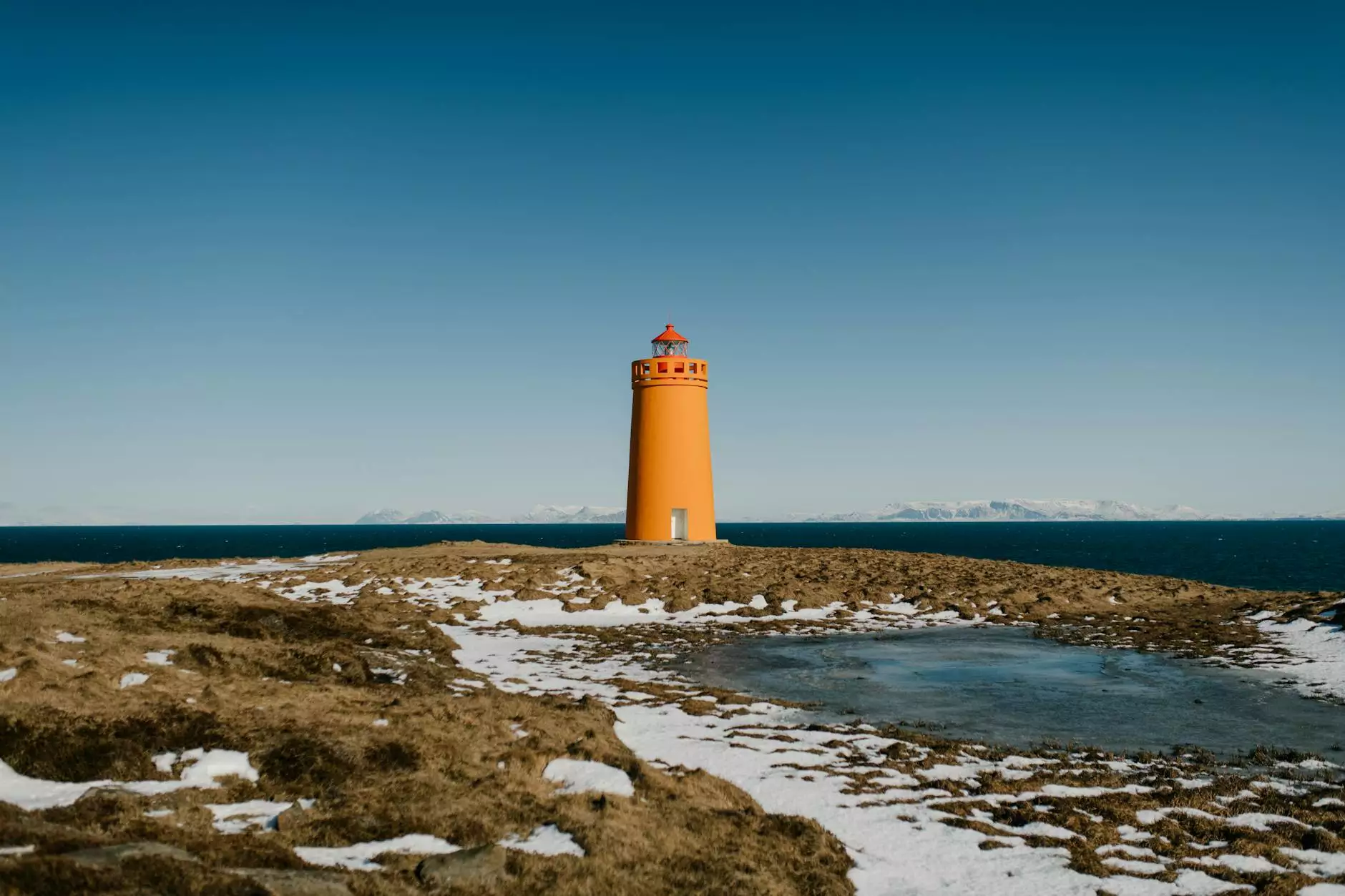Thawing Pipes: A Comprehensive Guide for Homeowners

As winter sets in, many homeowners become increasingly concerned about their plumbing systems. One of the most common issues faced during this season is a frozen pipe. Understanding the process of thawing pipes is crucial for preventing water damage and maintaining the efficiency of your plumbing. In this article, we’ll dive into the causes of frozen pipes, methods for thawing them, and preventive measures to avoid future occurrences.
Understanding the Causes of Frozen Pipes
Frozen pipes can lead to significant damage if not treated promptly. Let's explore what causes pipes to freeze:
- Low Temperatures: Prolonged exposure to temperatures below 32°F (0°C) can cause pipes to freeze, particularly those located in unheated areas.
- Insulation Issues: Poorly insulated pipes are more vulnerable to freezing. If insulation is inadequate, cold air can easily seep into spaces where pipes are located.
- Drafts: Drafts from windows, doors, and outside walls can cause localized freezing. Sealing gaps can help mitigate this risk.
- Pipe Location: Pipes located in exterior walls or unheated attics or basements face a higher risk of freezing during cold weather.
Signs of Frozen Pipes
Detecting a frozen pipe early can save you from potential plumbing disasters. Here are the signs to watch for:
- Reduced Water Flow: If you turn on a faucet and only a trickle comes out, your pipe may be frozen.
- Strange Smells: If a pipe is frozen and there's stagnant water, it can lead to unpleasant odors.
- Poor Drainage: If the water drains slowly or not at all, the pipes may be blocked by ice.
- Visible Frost: In extreme cases, you may actually see frost on the pipes.
Thawing Pipes: Methods and Best Practices
Once you've identified that a pipe is frozen, it's crucial to act quickly to thaw it. Here are effective methods to do so:
1. Use a Hair Dryer
A hair dryer is an effective and safe way to thaw frozen pipes. Start at the faucet and work your way back towards the frozen section. Be sure to keep the dryer moving to avoid overheating any one area.
2. Apply Heat Tape
Heat tape can be used to warm up the pipes. This tape is specifically designed for thawing pipes and can be applied directly to the frozen section. Always follow the manufacturer's instructions for safety.
3. Use Hot Towels
Soak towels in hot water and wrap them around the frozen pipe. This method can gradually transfer heat to the pipe and expedite the thawing process.
4. Turn on Faucets
Open the faucets connected to the frozen pipe. As the ice starts to melt, water will flow out, reducing pressure in the system and assisting with the thawing.
5. Space Heater
If the pipe is in an enclosed space (like a crawl space), use a space heater to warm the air around the pipe. Never leave the heater unattended, and ensure it’s placed safely to prevent any fire hazards.
What to Avoid When Thawing Pipes
While thawing pipes, there are critical mistakes to avoid to ensure safety and effectiveness:
- Do Not Use Open Flames: Using a blow torch or other flames can damage the pipes and create fire hazards.
- Avoid Rapid Heating: Thawing too quickly can cause pipes to burst. Gradual warming is key.
- Don't Ignore Noise: If you hear unusual sounds, such as cracking, stop and reassess your method.
After Successful Thawing
Once the frozen pipe is thawed, it's essential to take steps to ensure it remains functional:
- Check for Leaks: Inspect the area around the pipe for any signs of damage or leaks.
- Run Water: Let the water run for a few minutes to ensure everything is flowing smoothly.
- Monitor the Situation: Keep an eye on the pipe for a few days to ensure it doesn't freeze again.
Preventing Frozen Pipes in the Future
Prevention is always better than cure. Here are some tips to help prevent your pipes from freezing in the first place:
- Insulate Pipes: Use foam insulation around pipes in unheated areas.
- Seal Cracks: Close any gaps, particularly those near windows, doors, and where pipes enter the house.
- Leave Faucets Dripping: During extreme cold, allowing faucets to drip slightly can keep water moving through the pipes, preventing freezing.
- Adjust Thermostat: Keep the thermostat set to a consistent temperature, even at night.
When to Call a Professional
Sometimes thawing pipes can be beyond a DIY job. It's essential to recognize when professional help is needed:
- Persistent Frozen Pipes: If you've tried thawing methods and the pipes remain frozen, it’s time to call a plumber.
- Signs of Bursting: If you notice leaks or bursts after thawing, professional assistance is crucial to mitigate further damage.
- Complex Plumbing Systems: If your home has a complex plumbing system or multiple frozen pipes, a professional will ensure a thorough resolution.
Conclusion
Being proactive about your plumbing can save you from the hassles of thawing pipes and water damage. Stay aware of the signs of freezing pipes and equip yourself with the knowledge to effectively thaw them when necessary. Remember, preventive measures can greatly reduce the chances of your pipes freezing in the first place. For more intricate issues or if you're in doubt, it’s always best to contact a plumbing professional.
If you're experiencing plumbing issues or require assistance with thawing pipes, don’t hesitate to reach out to White Plumbing Company. Our dedicated team is here to help you ensure that your home remains safe and functional through every season.



